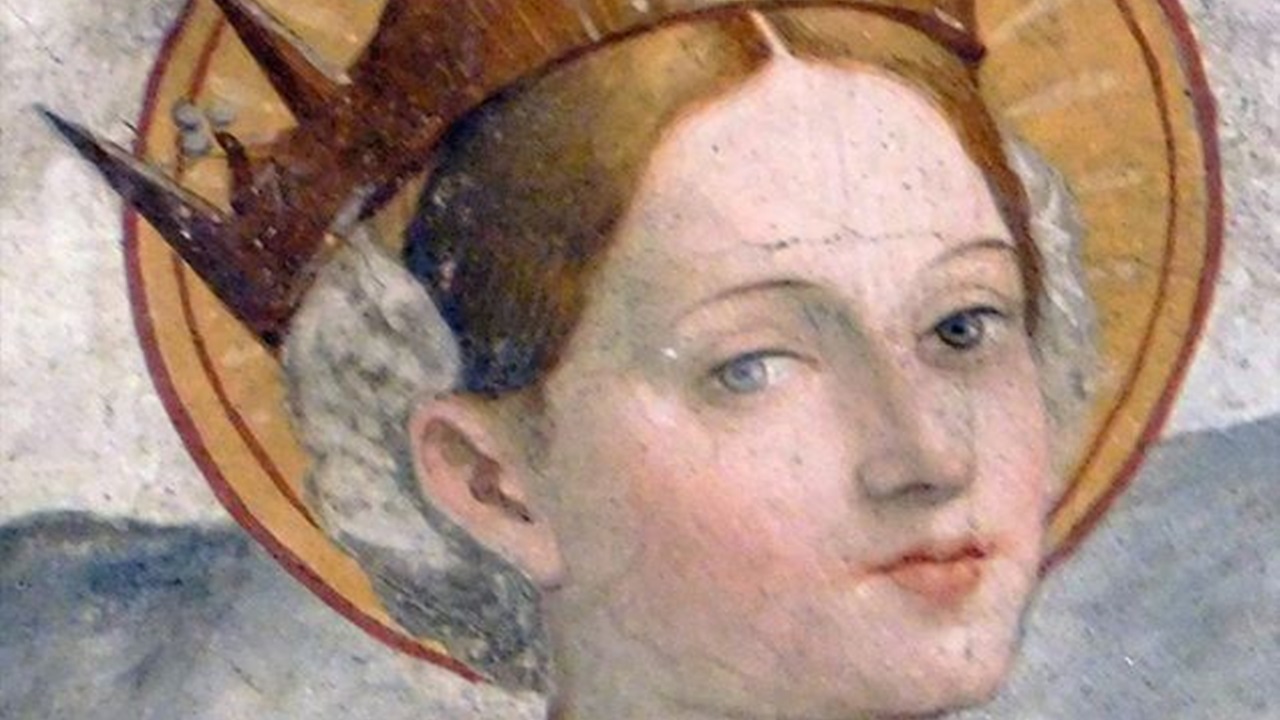Saint Julia, the girl who preferred martyrdom to avoid betraying her God
In Italy, Giulia is one of the most loved female names. But what do we know about Santa Giulia, except that he preferred to suffer martyrdom rather than deny his Christian faith? Little news except the story of his martyrdom, reported by mixing it with legends and traditions.

Julia was a Carthaginian noblewoman of the XNUMXth century AD. who, after falling into slavery, was purchased by a merchant named Eusebio and taken to Syria. Although Eusebius was a pagan, he admired Julia's human and spiritual qualities and took her with him on her travels. During one of these journeys, due to a shipwreck, they arrived in Corsican. Here all the castaways sacrificed something to the gods to have been saved from death. Everyone, except Giulia as she is Christian. The local governor, Felice, a violent and cruel man, wanted to buy the beautiful slave, but Eusebius refused the offer.
The story of the martyrdom of Santa Giulia
One evening, while Eusebius was drunk, Felix had Julia brought to him and offered her freedom if she sacrificed to the gods. But she Giulia refused. Felice, indignant at her, tried in various ways to convince her to renounce her God, but without success. He then decided to resort to violence against her, having her beaten and flagellated.

Finally, he ordered his hair was torn and that just like Jesus, he was crucified on two pieces of wood in the shape of a cross and thrown into the sea. Some monks from the nearby island of Gorgona, mysteriously warned in a dream of what had happened, spotted a cross with the body of the martyr and a sheet with the name and history of her martyrdom, written by angelic hands. The monks recovered the body, cleaned it and sprinkled it with aromas, then placed it in a tomb.
The Saint is considered the patron saint of Corsica, although her relics are found in Brescia. According to some scholars however, Julia of Carthaginian origin died as a martyr in one of the persecutions under Decius. During the invasion of Africa by the Aryan Vandals of Genseric, some Christians they fled taking with them the relics of the martyr and took refuge in Corsica. There, the original story was enriched with details that made the story of her torture increasingly resemble that of the Christ's passion.
Even though the martyr died in Corsica and arrived in other lands later, she was not forgotten on the French island. She is still revered as patroness of Corsica. The devotion towards the Holy Faithful imitator of her Celestial Lord down to the details of her torture is linked to the wounds she suffered. For this reason she is invoked for hand and foot diseases.